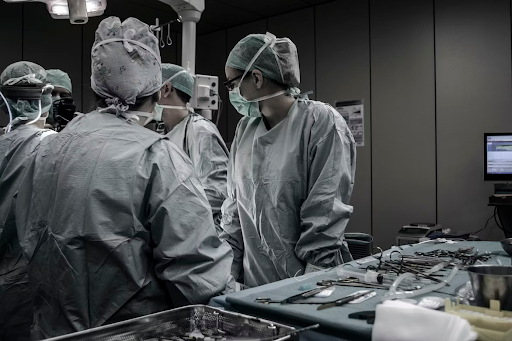In a groundbreaking development, researchers have discovered a novel technique to convert stem cells into bone tissue using sound waves. This revolutionary approach holds tremendous promise for the field of regenerative medicine and has the potential to transform the way we treat bone-related diseases and injuries.
The study, led by a team of scientists at a renowned research institution, employed a technique known as sonoporation to coax stem cells into differentiating into bone cells. Sonoporation involves using low-frequency sound waves to create tiny, temporary pores in the cell membranes, allowing the delivery of therapeutic substances or triggering specific cellular responses.
Traditionally, the process of transforming stem cells into bone cells required complex and time-consuming procedures involving the use of biochemical agents and growth factors. This new technique simplifies the process significantly, offering a non-invasive and efficient alternative. By harnessing the power of sound waves, researchers were able to achieve successful bone formation in a matter of weeks, offering hope for patients in need of bone regeneration.
The implications of this breakthrough are profound. Bone-related diseases and injuries, such as osteoporosis, osteoarthritis, and bone fractures, pose significant challenges to millions of people worldwide. Current treatment options often focus on managing symptoms or replacing damaged bones with implants or grafts. However, these solutions come with limitations and potential complications. The ability to stimulate the body’s own cells to regenerate bone tissue opens up new avenues for more effective and natural treatments.
Furthermore, this discovery underscores the importance of bone marrow donation. Stem cells, found abundantly in bone marrow, are the building blocks for various tissues in the body, including bone. Donating bone marrow can provide a lifeline to individuals suffering from blood cancers like leukemia or those in need of a bone marrow transplant due to genetic disorders or bone marrow failure. Stem cells from a healthy donor can help replenish a patient’s bone marrow and initiate the production of new, healthy blood cells.
While bone marrow transplantation has been a standard treatment for decades, the availability of suitable donors remains a challenge. Finding a compatible donor is often difficult due to genetic diversity among individuals. Therefore, raising awareness about bone marrow donation and expanding donor registries is crucial. Organizations and initiatives dedicated to promoting bone marrow donation play a vital role in connecting potential donors with patients in need.
By becoming a bone marrow donor, individuals can make a life-changing difference for someone facing a critical medical condition. How Does A Bone Marrow Transplant Work? The process of becoming a donor typically involves a simple and painless procedure, such as peripheral blood stem cell donation or bone marrow aspiration. Medical professionals carefully match donors with recipients to ensure the best possible outcome.
The recent breakthrough in converting stem cells into bone tissue using sound waves represents a significant stride in the field of regenerative medicine. This innovative technique offers a faster and less invasive approach to bone formation, holding tremendous potential for the treatment of bone-related diseases and injuries.
Moreover, it highlights the importance of bone marrow donation for money or to help people as a life-saving intervention for individuals in need. By supporting bone marrow donation initiatives and raising awareness about its significance, we can help improve the lives of countless patients and contribute to the advancement of medical science.
Read More : Mental Health Benefits of Driving a Car
